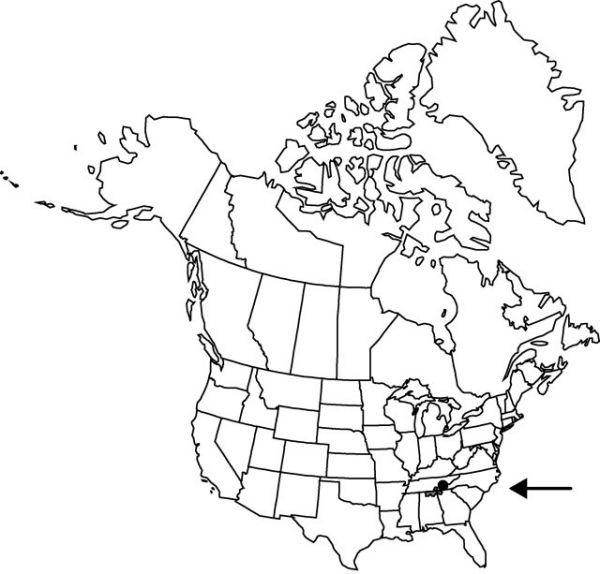Difference between revisions of "Trillium decumbens"
Biltmore Bot. Stud. 1: 158. 1902.
FNA>Volume Importer |
imported>Volume Importer |
||
| (One intermediate revision by the same user not shown) | |||
| Line 8: | Line 8: | ||
}} | }} | ||
|common_names=Decumbent trillium | |common_names=Decumbent trillium | ||
| + | |special_status={{Treatment/ID/Special_status | ||
| + | |code=E | ||
| + | |label=Endemic | ||
| + | }} | ||
|basionyms= | |basionyms= | ||
|synonyms= | |synonyms= | ||
| Line 46: | Line 50: | ||
|publication title=Biltmore Bot. Stud. | |publication title=Biltmore Bot. Stud. | ||
|publication year=1902 | |publication year=1902 | ||
| − | |special status= | + | |special status=Endemic |
| − | |source xml=https:// | + | |source xml=https://bitbucket.org/aafc-mbb/fna-data-curation/src/2e0870ddd59836b60bcf96646a41e87ea5a5943a/coarse_grained_fna_xml/V26/V26_126.xml |
|genus=Trillium | |genus=Trillium | ||
|subgenus=Trillium subg. Phyllantherum | |subgenus=Trillium subg. Phyllantherum | ||
Latest revision as of 21:12, 5 November 2020
Rhizomes short, thick. Scapes 1–2, decumbent, usually by an S-shaped curvature, round in cross section, 0.5–2 dm, somewhat stout, slightly expanded toward bracts, densely puberulent, especially just below bracts and on bases of main bract veins beneath. Bracts appearing early in season, in good condition for only a few weeks after anthesis, dying back to semipersistent bases early, resting on ground surface, sessile; blade strongly mottled in shades of green and bronze and with silvery overlay, mottling becoming obscure with age, ovate to suborbicular, 4–12 × 3.3–7 cm, apex acute to rounded. Flower erect, odor unreported; sepals divergent, green- or maroon-streaked, lanceolate-ovate, 22–48 × 9–14 mm, margins entire, flat, apex acute; petals long-lasting, rigidly erect, ± connivent, ± concealing stamens and ovary, dark maroon-purple when fresh, fading especially distally to dull reddish brown, greenish brown, or with creamy yellow tones, very rarely pale lemon yellow forms occur, twisted (but not spiraled), linear-lanceolate or oblanceolate, 4–8+ × 0.7–1 cm, thick-textured, margins entire, apex acute; stamens erect, straight, dark purple, 10–25 mm; filaments dark purple, 2–5 mm; anthers straight, dark purple, 9–20 mm, dehiscence extrorse; connectives broad, extending to 3.5–4 mm beyond anther sacs; ovary dark purple, oval, 6-angled, 5–10 mm; stigmas erect, divergent-recurved, distinct, sessile, pink or white, subulate, 4.5–8 mm. Fruits baccate, dark purple, broadly ovoid to subglobose, crownlike, strongly ridged, 1–1.5 × 1 cm, pulpy but not juicy, present and enlarging on naked scapes until early autumn. 2n = 10.
Phenology: Flowering late winter–spring (mid Mar–Apr).
Habitat: Thin, open rocky wooded slopes, mature deciduous woodlands, rocky talus and disintegrating shale, flats (floodplains) of small streams and adjacent slopes near river entrance
Elevation: 50–200 m
Distribution

Ala., Ga., Tenn.
Discussion
Trillium decumbens occurs in the Ridge and Valley and Cumberland Plateau physiographic provinces. It has a large, deep, horizontal rhizome, the growing point of which always faces downslope.
Selected References
None.